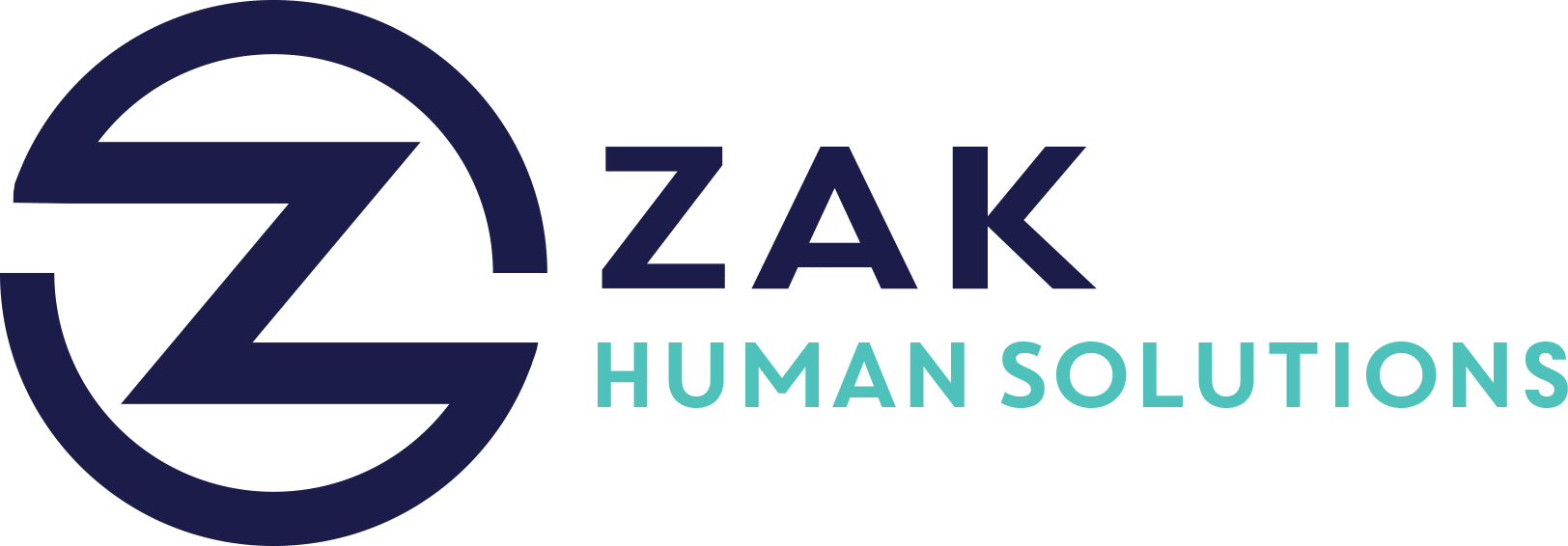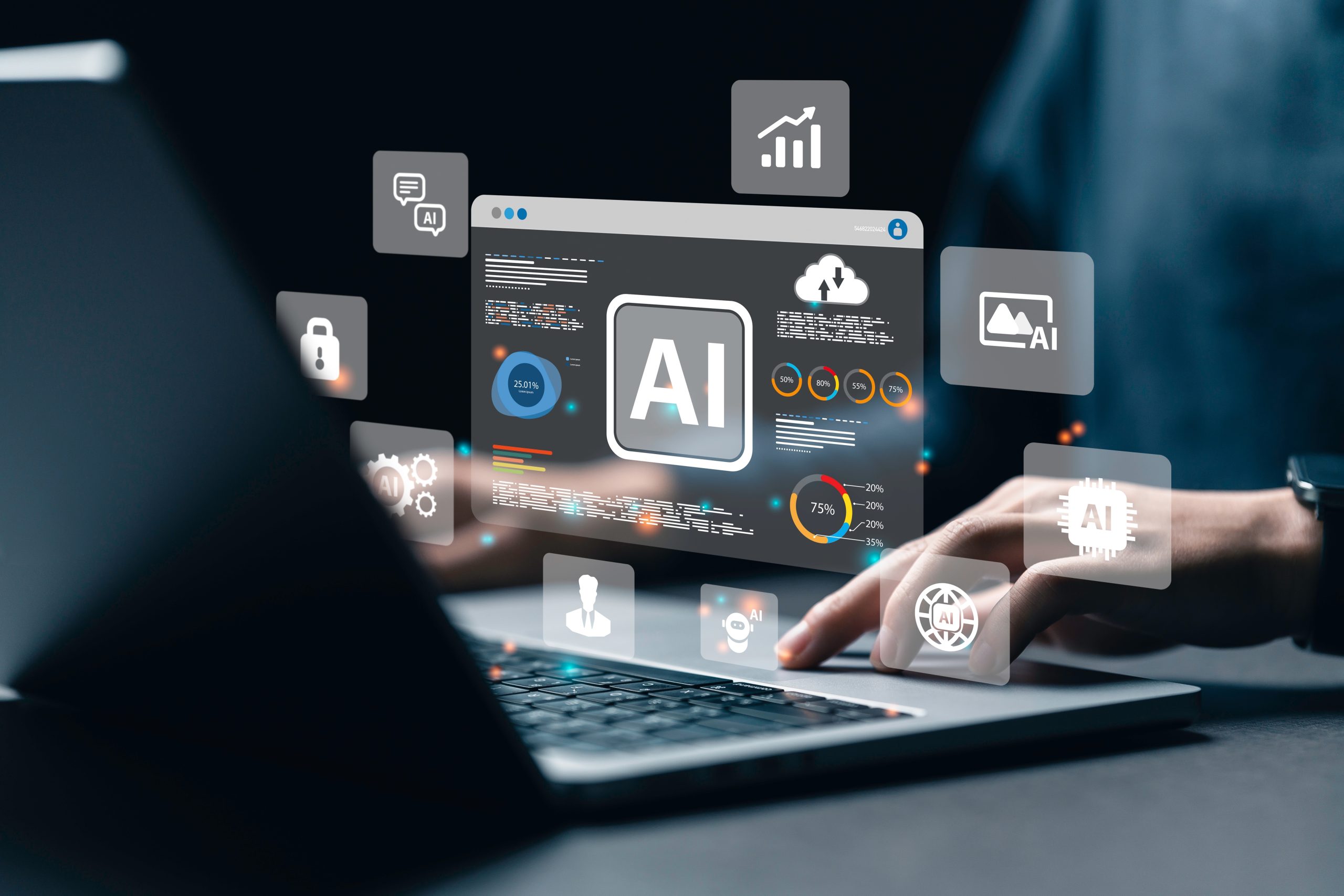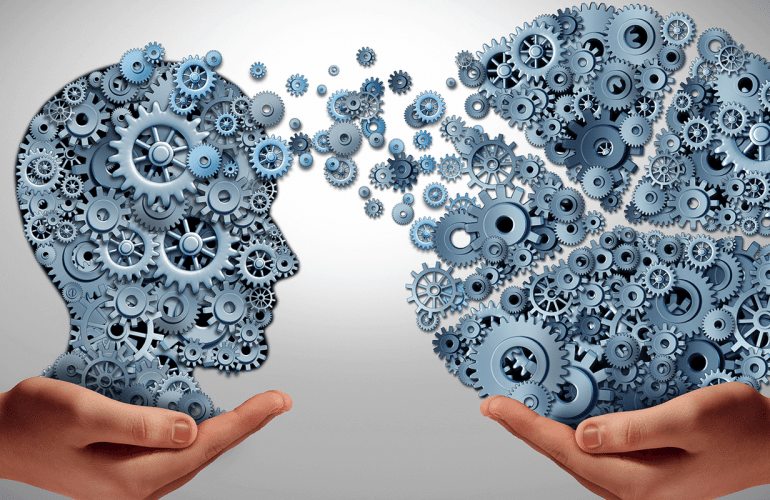Key Takeaways
- AI is transforming HR functions by automating recruitment, enhancing employee experience, and providing predictive analytics.
- Human expertise in ethics, empathy, and leadership remains irreplaceable in HR, particularly in complex employee relations.
- AI aids in reducing bias during hiring processes but requires human oversight to ensure fairness.
- Successful use of AI in HR involves it acting as a collaborative tool to handle routine tasks, allowing humans to focus on strategic decision-making and people management.
- AI is proving beneficial for automating routine HR tasks like payroll and compliance, thus freeing HR professionals to focus on strategic initiatives.
- The future of HR lies in the synergy of AI and human skills, enhancing efficiency while preserving the vital human connection in workplaces.
In an era where technology is revolutionizing every facet of business operations, the domain of Human Resources (HR) is witnessing a paradigm shift with the integration of Artificial Intelligence (AI). As AI automates routine tasks, it also subtly reshapes core HR functions, positioning itself not as a replacement but as a powerful ally to human expertise. This blog post explores how AI is transforming HR, the indispensable role of human skills, and the future of this synergy.
AI’s Role in Revolutionizing HR Functions
1. Automating Recruitment and Screening
AI has become an essential tool in enhancing the recruitment process. AI-driven applicant tracking systems (ATS) handle large volumes of resumes, ranking candidates based on match criteria, and even conducting preliminary interviews through chatbots. These systems speed up the hiring process, ensuring that only the most suitable candidates are moved forward for human evaluation. However, a human touch is crucial in making final decisions, keeping empathy and nuanced judgment in play.
2. Enhancing Employee Experience
Today’s workplace dynamics are shifting toward more flexible and employee-centric models. AI chatbots, like Slack’s HR Assistants and Microsoft Viva, provide instant solutions to employee queries related to policies, benefits, and payroll. By automating these interactions, AI allows HR professionals to concentrate on complex issues requiring a personal touch, such as conflict resolution and employee well-being.
3. Predictive Analytics for Employee Retention
AI’s ability to perform complex data analysis gives HR teams a strategic advantage. Predictive analytics can identify patterns and signals that suggest potential employee turnover, enabling proactive HR interventions. This data-driven approach helps organizations retain their top talent by addressing concerns before a resignation letter hits the desk.
The Irreplaceable Human Touch
1. Handling Complex Employee Relations
Despite AI’s efficiency and data-processing capabilities, its inability to replicate human empathy and ethical decision-making is evident. Conflict resolution and navigating sensitive workplace issues like harassment or discrimination require emotional intelligence and a deep understanding of human dynamics that only trained HR personnel can provide.
2. Building Company Culture and Engagement
A thriving workplace culture and meaningful employee engagement call for human interaction. People look to HR for motivation and inspiration, which requires nurturing relationships and instilling a sense of belonging within the organization. Leadership development, for instance, requires human insight to coach future leaders—something AI cannot duplicate.
AI as a Collaborative Tool
While AI handles administrative tasks, HR professionals are freed to engage in more strategic, high-impact activities. This collaboration between AI and humans promotes efficiency, allowing HR to align workforce strategies with broader company goals. The ability to navigate and manage change—be it mergers, layoffs, or policy shifts—remains within the human domain, where adaptability is key.
Ensuring Fairness and Bias Reduction
AI can significantly minimize unconscious bias in hiring processes by anonymizing resumes and implementing structured interview processes. However, without human oversight, there’s a risk of these systems inheriting biases from the data they are trained on. Continuous monitoring by HR professionals is essential to maintain fairness and equity in hiring and promotional decisions.
The Future: Harmonizing AI and Human Skills
The real potential of AI in HR lies in the harmonious blend of artificial and human intelligence. While AI excels in speed, accuracy, and availability, human strengths lie in creativity, ethical judgment, and interpersonal relationships. This synergy will enable HR departments to focus on what truly matters: cultivating a supportive and engaging workplace environment where employees can thrive.




